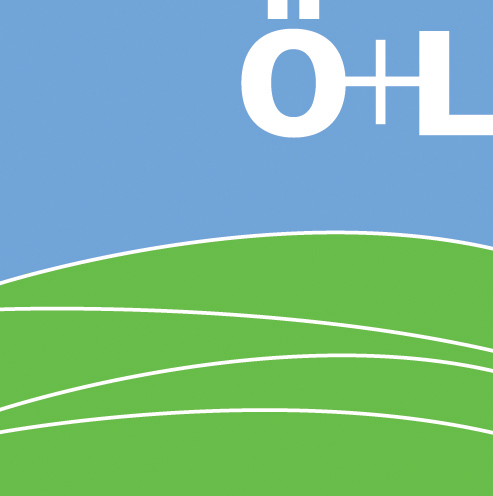Extended Field Margins
A key habitat for restoration of intensively cultivated landscapes
Extended field margins (EFM) play an outstanding role for biodiversity in agricultural landscapes, as examples of eastern and southern Europe show. In contrast, field margins in a densely populated and agriculturally more intensively used country such as Switzerland are narrow, normally mown or mulched 3-5 times a year, and accordingly harbor a low biodiversity.
To optimize the ecological compensation program of Switzerland, the project „EFM for Swiss agriculture“: 1) evaluated the actual biodiversity of existing field margins, 2) developed and tested species-rich seed mixtures and management measures to establish EFMs which increase floral and faunal diversity, 3) assessed the agricultural effects that EMFs may cause via changing the abundance of beneficial or pest organisms in the landscape, and 4) evaluated the public’s perception and valuation of EFMs.
Yearly surveys were taken in over 500 experimental plots all over Switzerland from 2001-2003 for flowering plants, butterflies, grasshoppers, carabid beetles, spiders, slugs and mice. Structured interviews were made with the local population that „uses“ the agricultural landscape for farming and recreation. The analysis compared EFMs with other ecological compensation area (ECA) types as well as with intensively used areas.
The results show, that even unimproved field margins contained more than 70% of the total plant diversity of an agricultural landscape, that margins are more diverse along arable fields than along meadows, and that choice of seed mixture and management measure can significantly increase plant diversity within margins and at landscape level. Already after one year of establishment, EFMs attracted more butterflies and grasshoppers than the previous systems, also more than other ECA types in the area. EMFs harbored larger populations of both beneficial taxa and potential pest taxa (slugs and mice) than most other ECA types. Overall, the establishment of EMFs was valued positively by farmers, because of the low land „consumption“ and low management costs, and by other members of the public (supporting EFMs via tax payments), because they perceive and appreciate the increased biodiversity in the cultural landscape.
Have questions, need more information? See pdf-file (650 kb), german documentation or contact us.
* Project in co-operation with: Agroscope FAL Zurich-Reckenholz, University of Zurich – Institut für Umweltwissenschaften IfU, Forschungsinstitut für Biologischen Landbau FiBL, Schweizerische Vogelwarte Sempach.
